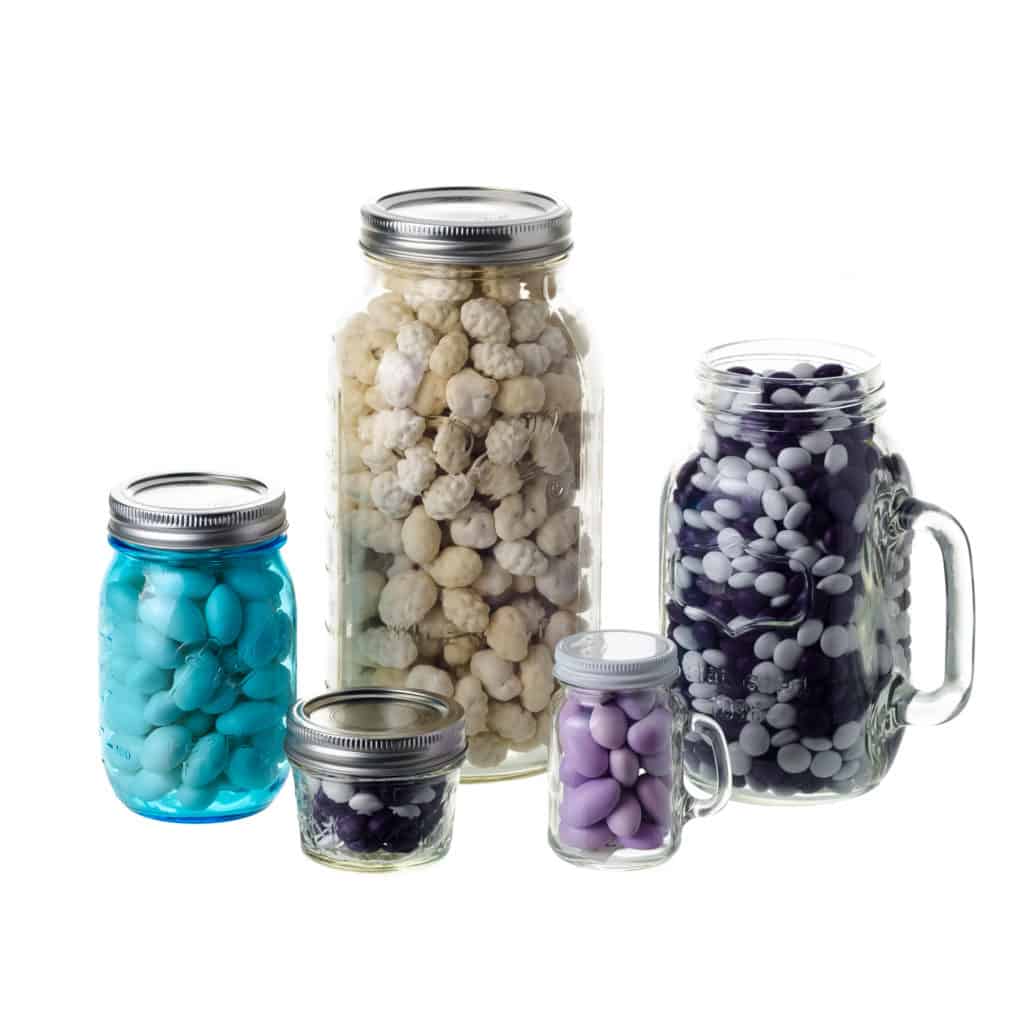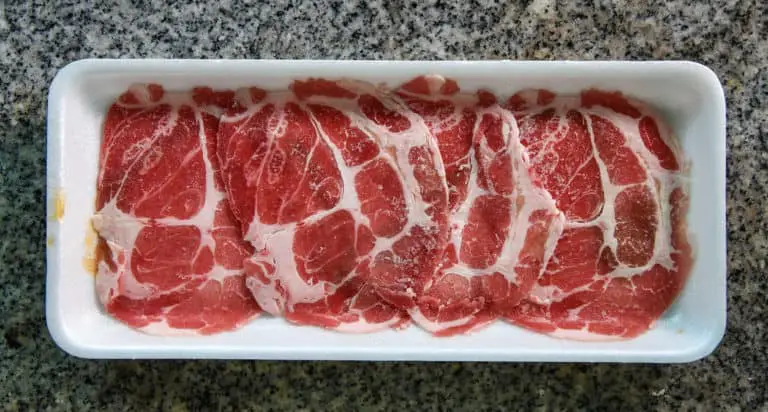
Growing up in a house where home canning was done year after year, I have canned almost anything you can think of. Glass mason jars are key to the process, and after years of use there are some things to look for to know if it is time to retire your jars.
Glass canning jars should not be used if there are chips on the rim, or cracks (even hairline) in the jar. Chips on the rim will not allow for a strong seal and a cracked jar can lead to spoiled foods.
While that seems like a pretty strait forward answer, there are some other important factors when it comes to a good mason jar.
Chipped Rims: What to Look For
Glass canning jars are great, because as I learned, they c
The issues only start to come when a glass jar is dropped, or thrown around which can happen very easily since delicious preserves are kept inside and everyone wants some.
If one of your jars is dropped, you will want to inspect it for any damage. A jar that has been dropped can easily have its structural integrity compromised.
Inspecting for a Chipped Rim
The inspection process should be done very carefully so you don’t end up cutting yourself if the jar is actually chipped, To look for a chipped rim, first visually inspect the jar to look for a chip. You want to do this first in case there is a large chip.

If you don’t visually see any chips, then take your index finger of your non-dominant hand and gently run your finger over the rim of the glass. If should feel very smooth and even.
If you feel a little divot, then the best way to feel it is with your fingernail. Run your fingernail over the area again to see if there was actually a chip.
Whats the Problem with a Little Chip?
While a bit a chip on the rim may seem insignificant, there are actually some major issues that it can cause.
First of all, it just becomes a hazard. Anyone who knows canning, knows that you work with a lot of jars. If you are handling a ton of jars, you need to make sure that the jars are in good shape.
You could easily pick it up or brush by it and cut yourself.
The second and slightly bigger issue is two fold. When you are going through the sealing process in a water bath canner, the water bath portion is what actually seals and preserves your food.
If the rubber gasket on the lid doesn’t have a smooth, even surface to hold on to, your jar will not seal. This becomes annoying especially when it happens over and over again. Time and food are both wasted.
The second part of this issue is if there is a chip, you water bath it and it does actually seal. Sounds good, right? Wrong. When the seal was made, there is a good chance that it was not very strong.
Over time the seal will weaken and the food will spoil. I have seen this happen and it really becomes an issue if the food is being stored under a bed and you haven’t looked at it for 6 months or a year.
It may seem like a hassle to check for chips, but its much better than rancid food under the bed for a year.
Jars with Cracks
If you have dropped a jar on the floor, or even in the sink while washing it, you should check it for cracks and chips.
There was one time I was bringing an empty jar out to my garage for storage and it slipped out of my hand and hit the concrete. Guess what happened? Yeah, it broke.
A few years later, same situation, I dropped the jar, it hit the concrete, and guess what happened? IT DIDN’T BREAK! I swear, I can still see it in slow motion, and the jar just bounced. I checked it over, no cracks, no chips. The jar was fine.
The moral of the story is to check, every time.
Checking for Cracked Jars
This should be pretty obvious. Make sure to put your safety first. The checking part of this is easy, the most important part is to check often.
After you use a jar, check it for cracks before you store it. Then when you take the jars out for another use, double check them to make sure they are strong.
Why Do They Crack?
If you are pressure canning and you notice that a lot of jars are breaking, check your pressure gauge. Test to to see if it is accurate. A pressure gauge that is not accurate will cause many safety issues.
The other way that the jars are weakened during canning is during Pressure canning. A pressure canner uses head AND pressure to preserve and cook the food. The added stress on the jars can cause cracks.
What do I do if a Jar Cracks While Canning?
Water bath Canning – If you notice that one of your jars have cracked during the water bath process, just remove the jar as soon as it can be done safely. Use tongs to remove the broken glass from the water. Never use your hands.
You are probably safe to wait until the batch is done to remove the broken pieces. It would probably be hard to do it while all of the jars are still in there.
Pressure Canning – More than likely, you will not know if your jar has broken until the processing is completed. At this point the best thing to do, is carefully remove the other jars. Check them for any damage and then clean out the rest of the glass.
In both cases check the jars around the broken jar to see if there was any damage done when the jar broke. The pieces could have hit the jars closest to it.
Uses for Jars With Cracks and Chips.
Im not claiming to be a professional decorator, but my guess is if you are reading this, you must like canning to some extent.
So my suggestion to you is to use chipped jars for decoration. You could put some flowers in them, or fill them with nice rocks… Anyway, think of a way to use it around the house where someone won’t hurt themselves on it.
The same goes for cracked jars. Try to repurpose them if the cracks are tiny , but if it is seriously cracked, it is best to throw it away so no one gets hurt.
Happy canning!!



It’s straightforward